Why did my rebuild fail?
#27
or it's not quite "healthy", those figures are for a near perfect condition which is what i consider "healthy" in the 120-130psi compression range. most engines aren't in this range nor will be unless using new housings for rebuilds, cutting them or just have low mileage or have never been abused.
most cars will idle in the 15-18"Hg range and still drive rather normal, have between 90 and 120psi of compression and last a good long while without any real problem.
most cars will idle in the 15-18"Hg range and still drive rather normal, have between 90 and 120psi of compression and last a good long while without any real problem.
#28
or it's not quite "healthy", those figures are for a near perfect condition which is what i consider "healthy" in the 120-130psi compression range. most engines aren't in this range nor will be unless using new housings for rebuilds, cutting them or just have low mileage or have never been abused.
most cars will idle in the 15-18"Hg range and still drive rather normal, have between 90 and 120psi of compression and last a good long while without any real problem.
most cars will idle in the 15-18"Hg range and still drive rather normal, have between 90 and 120psi of compression and last a good long while without any real problem.
thewird
#32
Many reason for new engine failure.
Improper assembly even if all parts were perfect.
Initial startup lubrication failure.
Reusing older parts that should not be used.
Improper assembly even if all parts were perfect.
Initial startup lubrication failure.
Reusing older parts that should not be used.
#33
Motors current dwelling place
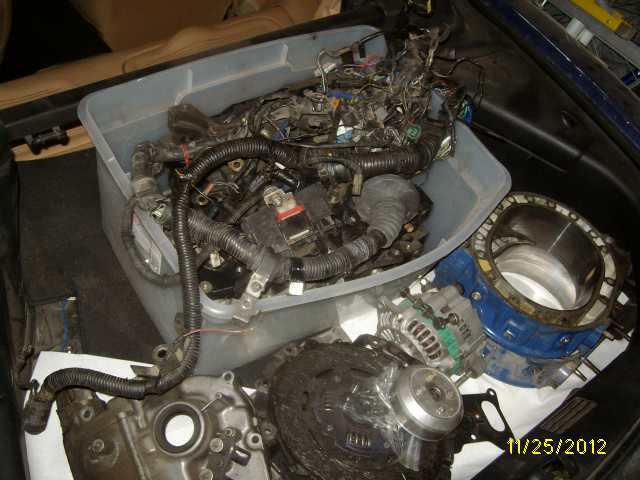
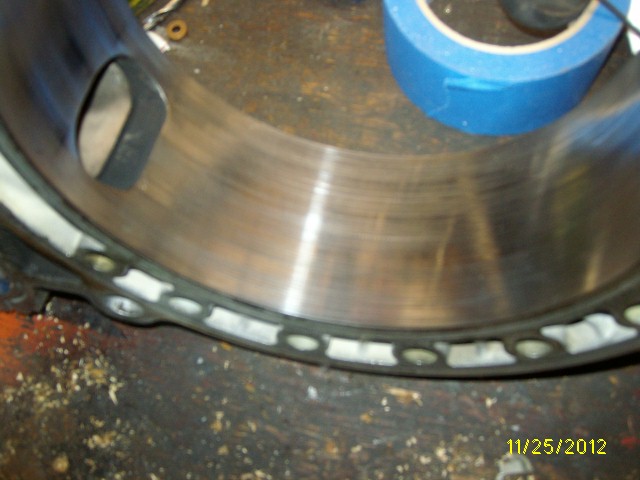
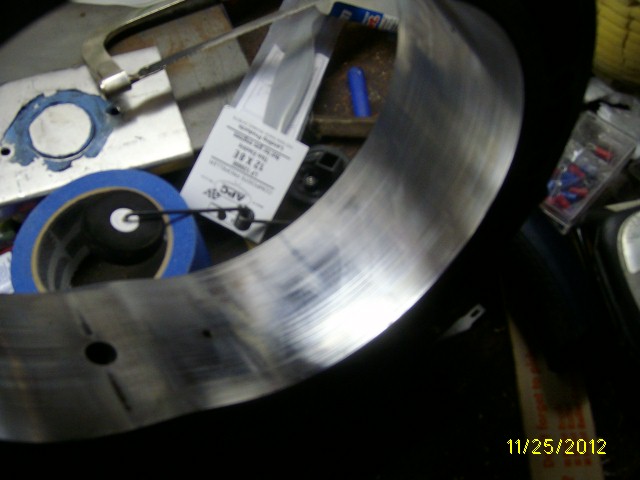
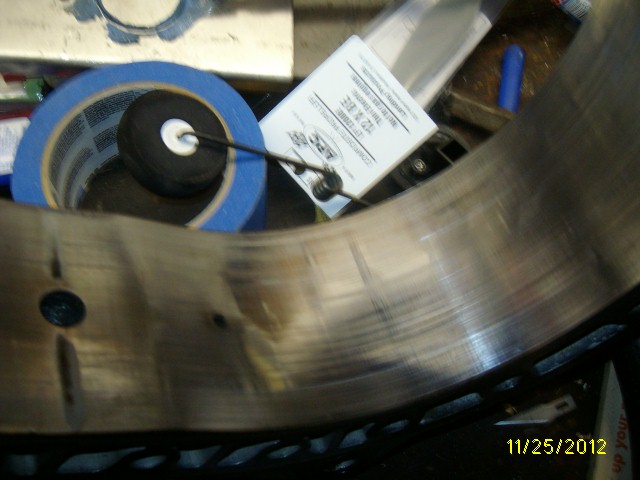
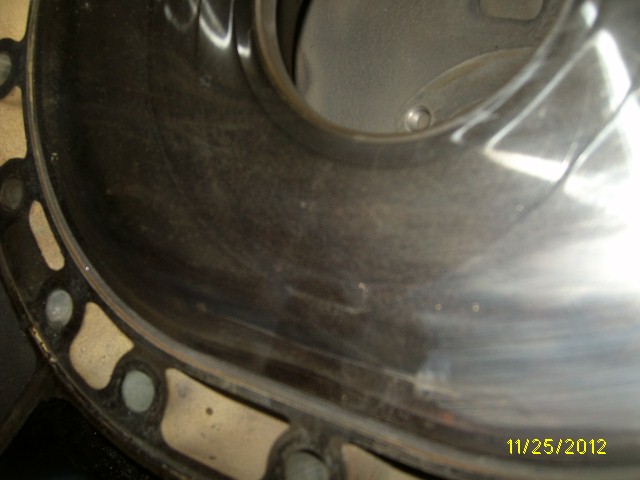
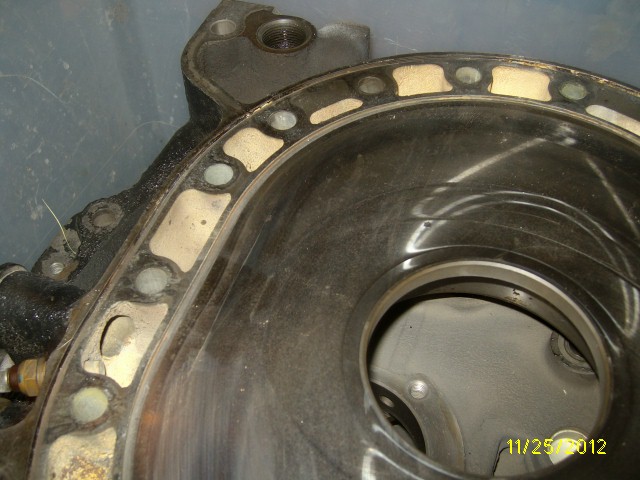
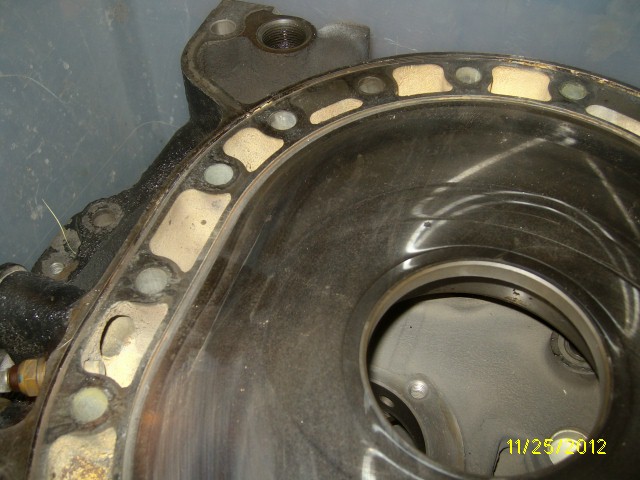
Hard to take good pics but you can see that the housing arent really chipped just really grooved like they were grinding instead of sliding. I really think now that they were not getting proper lubrication. I used all new seals replaced a couple stationary gear bearings that were bad other than that all bearings were in good shape.







Hard to take good pics but you can see that the housing arent really chipped just really grooved like they were grinding instead of sliding. I really think now that they were not getting proper lubrication. I used all new seals replaced a couple stationary gear bearings that were bad other than that all bearings were in good shape.
#34
FC3Sdrift pretty sure i used, silicone. So it may be the reason but i think i already cleaned off the stuff i will look at the pump cuz i dont think i cleaned it yet. I did use a good amount of oil on the inside of the motor when i assembled it. I was pretty damn precise when i assembled it doing everything the video said to the t.
#35
So i looked at the oil metering pump and front cover and didnt see any silicone blocking anything, maybe the omp lines got kinked or somthing i am goin to take the covers off and look for kinking.
#37
they were done to the pineapple med port what part would sharpen them the outside being to far or the inside of the port. I know my insides were a tiny undersized just cuz i blended it to the machined edge, and the outsides matched the template.
#38
Just looked at the side seals they are pretty smooth a couple have some burring, but i feel like that could have been caused by the improper lubrication. It is so weird i swear the thing smoked more than it should have although it had no cat, but then when i look inside it looked like it was starved for oil.
SO WHAT COULD BE THE CULPRIT OF LOW OIL IN THE COMBUSTION CHAMBER???????
SO WHAT COULD BE THE CULPRIT OF LOW OIL IN THE COMBUSTION CHAMBER???????
#39
Pictures of the "burs" please. Where are they, at the ends/points or along the sliding face? Get us some pictures of the porting also. If you went inside the oil control ring sealing area we should be able to spot it. Also, even if you didn't go in too far you might have left a bur that could have worn the outer oil control ring down.
In reality its up to you at this point since you have the parts right in-front of you to take out the FSM and start measuring wear of the side-plates and the oil control rings. Something will show up...
In reality its up to you at this point since you have the parts right in-front of you to take out the FSM and start measuring wear of the side-plates and the oil control rings. Something will show up...
#41
For any single turbo car I recommend an OMP system delete. The nozzles are extremely weak and do a very poor job of lubricating the "engine." Running 1/2oz per gallon of premix will do much more than the OMP can do.
#42
Well got all my fsm sheets printed out with my strait edge feeler gauge and calipers, so we will see what is in speck and not. The more i look at the rotor housings the more they look better there is almost no chipping but they just have a little surface grooving.



